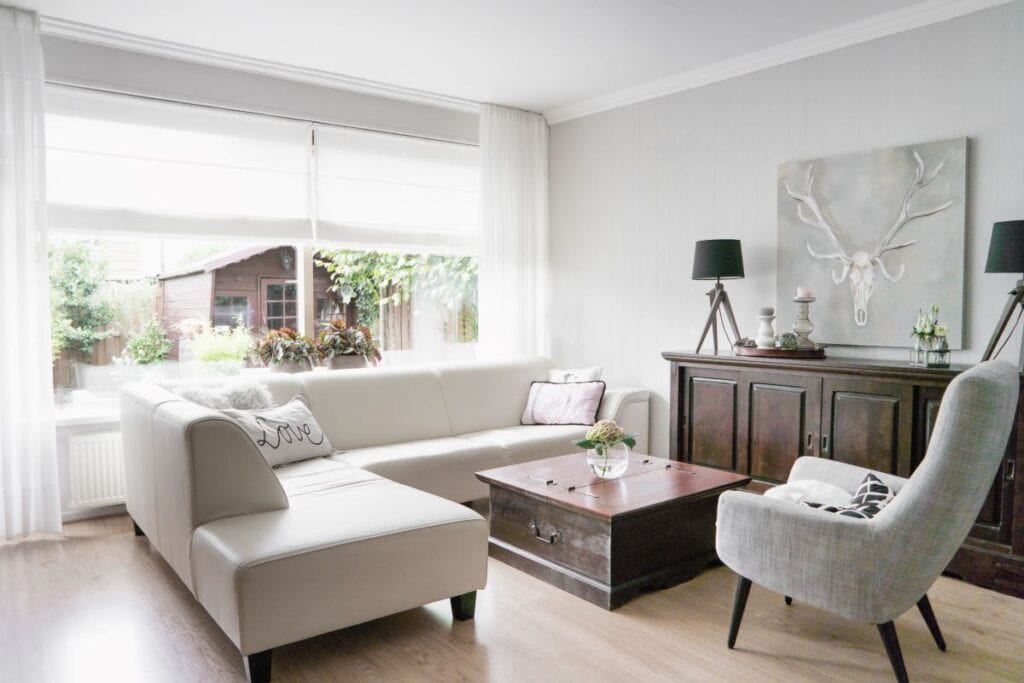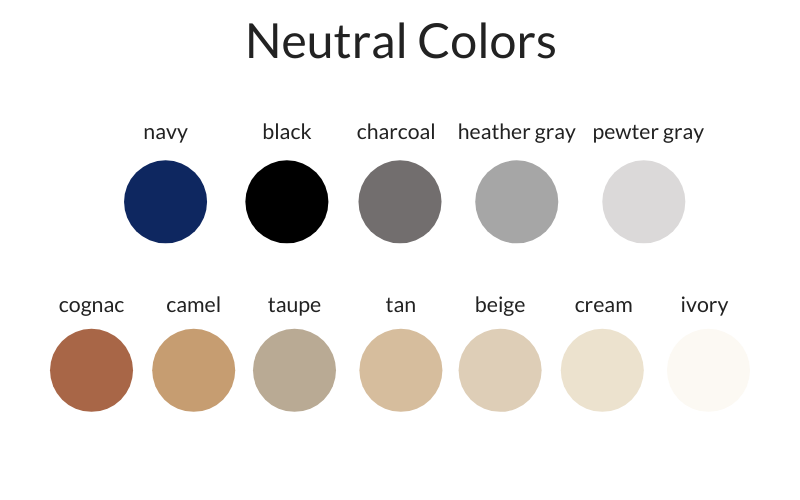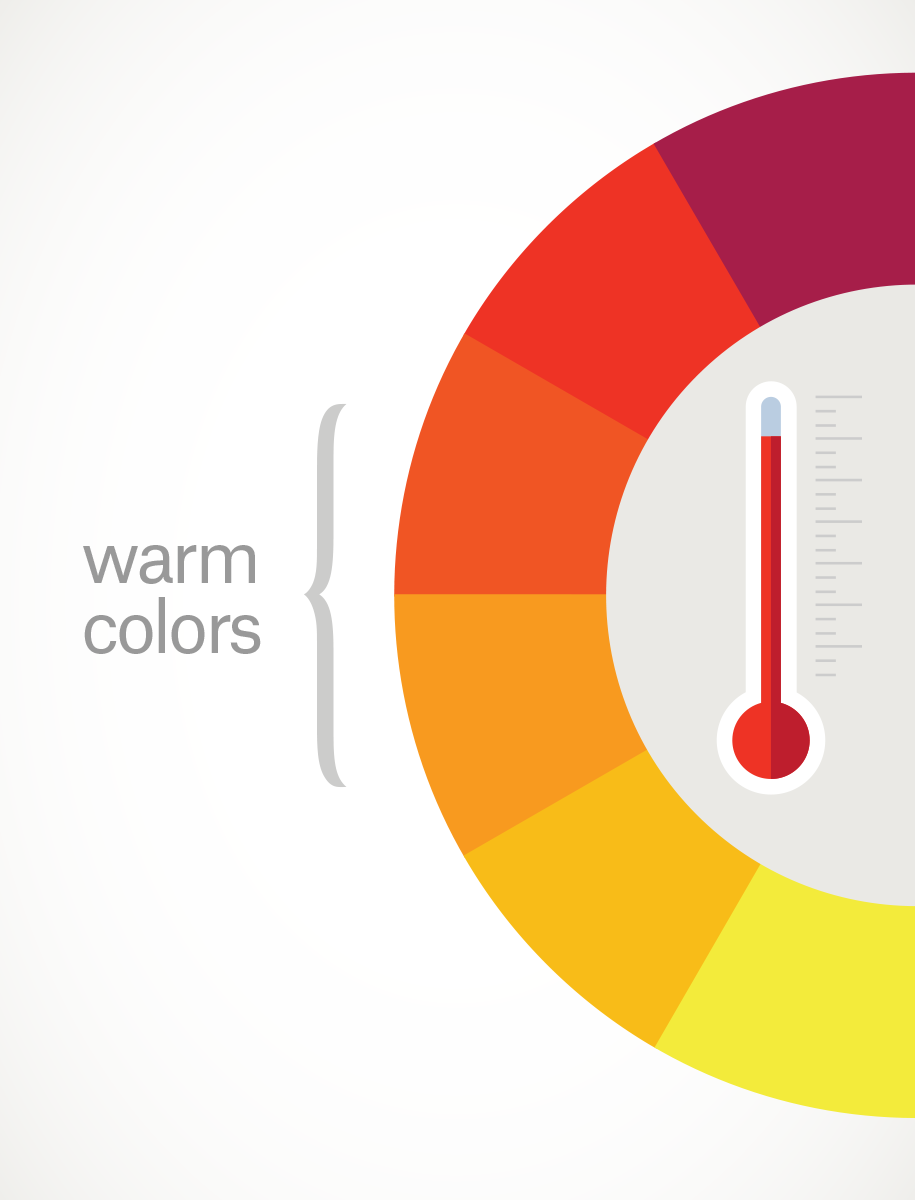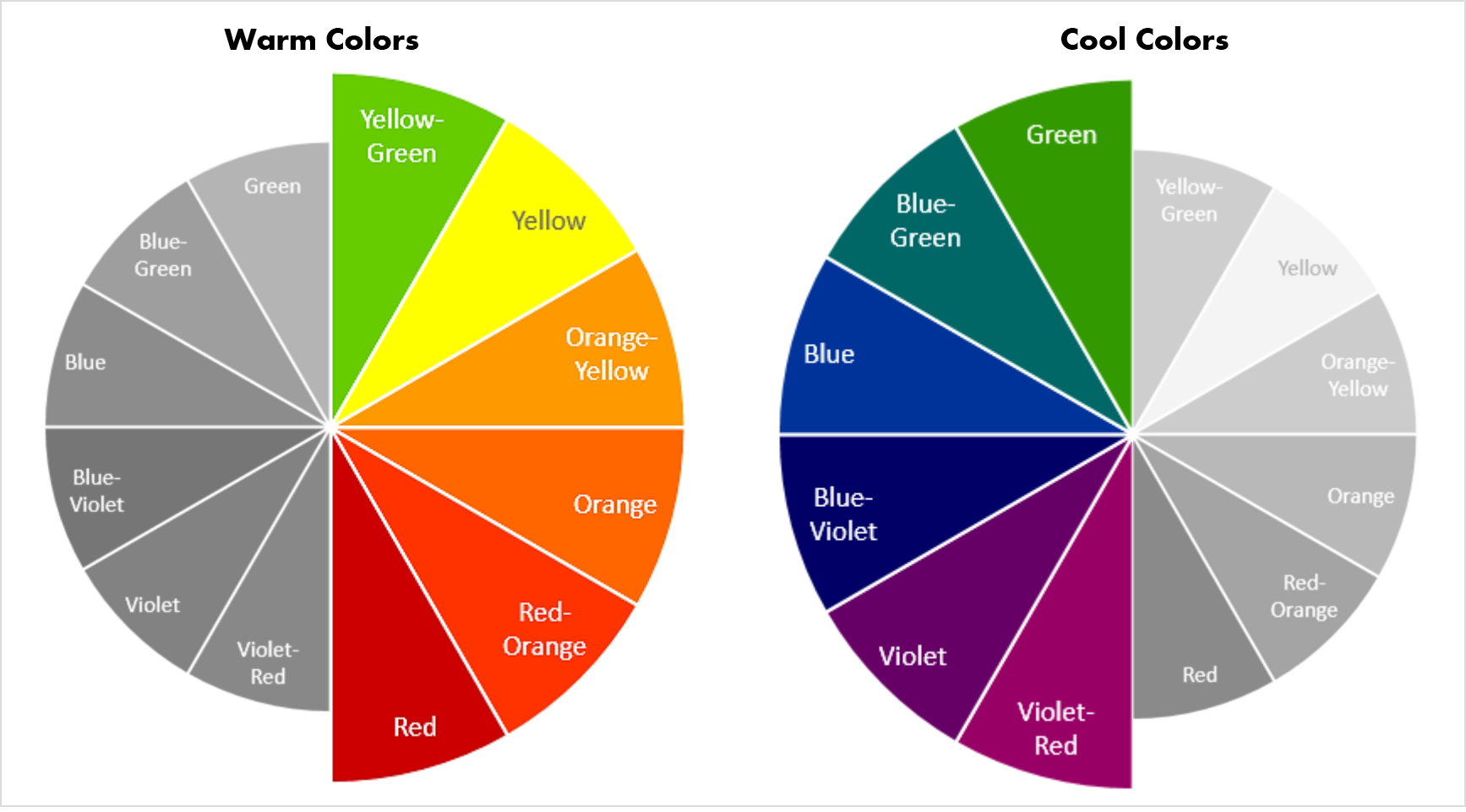Neutral colors are a popular choice for living rooms because they provide a calm and versatile backdrop for any design style. These colors include shades of white, beige, gray, and taupe. They are perfect for creating a clean and timeless look in a living room. One of the main benefits of using neutral colors in a living room is that they can easily be paired with any accent color. Whether you prefer bold and vibrant hues or soft and muted tones, neutral colors will complement them all. They also work well with different textures and patterns, making it easy to change up the look of your living room without having to completely redecorate. Some popular neutral colors for living rooms include ivory, cream, and off-white. These shades provide a warm and inviting atmosphere, perfect for cozying up in the living room. Gray is another popular neutral color that can add a touch of sophistication to the space. It can be paired with other neutral tones or pops of color for a more modern look.Neutral Colors
If you want to create a cozy and inviting living room, consider using warm colors. These shades evoke feelings of comfort and warmth, making them perfect for a space where you want to relax and unwind. Shades of red, orange, and yellow are considered warm colors and can add a vibrant and energetic touch to a living room. One way to incorporate warm colors into your living room is through accent pieces, such as throw pillows, rugs, or artwork. These pops of color can bring life to a neutral space and create a sense of balance. For a bolder look, you can paint one wall in a warm color to serve as a focal point in the room. However, it's important to use warm colors in moderation. Too much of these hues can be overwhelming and make the space feel smaller. It's best to balance warm colors with neutral or cool tones to create a harmonious and inviting living room.Warm Colors
On the other hand, cool colors can add a sense of calm and tranquility to a living room. These shades are typically found in the blue, green, and purple color families. Blue is one of the most popular cool colors for living rooms as it can create a serene and relaxing atmosphere. Cool colors are also great for making a space feel bigger and more open. This is because they tend to recede, making the room appear larger than it actually is. If you have a small living room, consider painting the walls in a soft blue or green to create the illusion of more space. When using cool colors in a living room, it's important to balance them with warm accent pieces. This will prevent the space from feeling too cold and sterile. You can also add texture and patterns to create visual interest and add warmth to the room.Cool Colors
For a natural and organic feel in your living room, consider using earth tones. These colors are inspired by nature and include shades of brown, green, and blue. Tan, terracotta, and olive are popular earth tones that can add warmth and depth to a living room. Earth tones are perfect for creating a cozy and inviting space, especially during the fall and winter months. They also work well with natural materials such as wood, stone, and jute, adding to the organic feel of the room. You can also incorporate plants and other natural elements to enhance the earthy vibe. If you want to add a pop of color to your living room, consider using an earthy hue as your accent color. This will help tie the space together and create a cohesive look.Earth Tones
Light colors are perfect for creating a bright and airy living room. These shades reflect natural light, making the space feel more open and spacious. White, cream, and pastel shades are all great options for light colors in a living room. Using light colors in a living room is also a great way to make the space feel more modern and minimalistic. They create a clean and fresh look that is perfect for those who prefer a more simplistic design style. However, it's important to be mindful of using too many light colors in a living room. This can make the space feel too sterile and cold. To add some warmth and balance, consider incorporating warm accent pieces or using light colors with different textures and patterns.Light Colors
While light colors can make a space feel bigger, dark colors can add drama and sophistication to a living room. These shades are perfect for creating a cozy and intimate atmosphere. Dark gray, navy, and burgundy are popular options for dark colors in a living room. Dark colors are also great for creating a focal point in a living room. You can paint one wall in a dark color or use it in larger furniture pieces, such as a sofa or accent chair. This will add visual interest and depth to the space. However, it's important to balance dark colors with lighter shades to prevent the space from feeling too heavy. You can also incorporate metallic accents to add some shine and reflect light in the room.Dark Colors
Gray is a versatile color that can work well in any living room. It's a neutral color that can range from light to dark shades, making it suitable for any design style. Light gray and charcoal are popular choices for a modern and sleek look, while warm gray can add a cozy and inviting touch to a living room. Gray can also be paired with a variety of accent colors, such as yellow, pink, or navy, making it easy to change up the look of your living room whenever you want. It's also a great color for creating a sense of balance in a space, as it can complement both warm and cool colors.Gray
Beige is a classic and timeless color that is perfect for a living room. It's a warm and inviting shade that can create a cozy and comfortable atmosphere. Light beige and taupe are popular choices for a more traditional or rustic design style, while beige with pink or peach undertones can add a touch of femininity to the space. Beige is also a great color for creating a neutral backdrop for bolder accent colors. You can use it on the walls or in larger furniture pieces, such as a sofa or rug. It's a versatile color that can work well with any design style, making it a popular choice for living rooms.Beige
Blue is a calming and soothing color that is perfect for a living room. It's a versatile color that can range from light and airy to deep and dramatic. Light blue and aqua are popular choices for a beachy and coastal feel, while navy and royal blue can add a touch of elegance and sophistication to the space. Blue is also a great color for creating a serene and relaxing atmosphere. It's perfect for a living room where you want to unwind and de-stress. You can pair it with other cool colors or warm hues for a more balanced look.Blue
Green is a refreshing and rejuvenating color that is perfect for a living room. It's a versatile color that can range from light and airy to deep and rich. Mint, sage, and olive are popular choices for a soft and muted look, while emerald and forest green can add a touch of luxury and sophistication to the space. Green is also a great color for bringing a touch of nature indoors. It's perfect for creating a calming and peaceful atmosphere, especially when paired with natural materials and elements. You can also use green as an accent color to add a pop of color to a neutral living room.Green
Why Choosing the Right Colours for Your Living Room is Crucial for a Perfect House Design

Creating the Right Atmosphere
:max_bytes(150000):strip_icc()/beautiful-living-room-interior-with-colorful-area-rug--large-couch--and-abundant-natural-light-1210163723-a6f8f523c80a41b3a1272de88db0cc21.jpg) When it comes to house design, the living room is often considered the heart of the home. It is where we spend most of our time with family and friends, and it is the first space that guests see when they enter our homes. Therefore, it is essential to create a welcoming and inviting atmosphere with the right colours. The colours you choose for your living room can greatly impact the overall look and feel of your home, making it crucial to select the best colours for this important space.
When it comes to house design, the living room is often considered the heart of the home. It is where we spend most of our time with family and friends, and it is the first space that guests see when they enter our homes. Therefore, it is essential to create a welcoming and inviting atmosphere with the right colours. The colours you choose for your living room can greatly impact the overall look and feel of your home, making it crucial to select the best colours for this important space.
The Power of Colour Psychology
:extract_focal()/https://pocket-syndicated-images.s3.amazonaws.com/articles/5304/1596722483_at_housetours_2019-06_VivY-RhiannonSouthwell_AT_rhiannon_vivyapp-12.jpg) Colour psychology is the study of how colours can affect our emotions and moods. In a living room, the colours you choose can greatly impact the atmosphere and the way you and your guests feel when spending time in this space. For example,
warm colours
such as reds, oranges, and yellows, are known to create a sense of energy and warmth, making them great options for creating an inviting and lively living room. On the other hand,
cool colours
like blues, greens, and purples, can create a more calming and relaxing atmosphere, making them ideal for a peaceful and serene living room.
Colour psychology is the study of how colours can affect our emotions and moods. In a living room, the colours you choose can greatly impact the atmosphere and the way you and your guests feel when spending time in this space. For example,
warm colours
such as reds, oranges, and yellows, are known to create a sense of energy and warmth, making them great options for creating an inviting and lively living room. On the other hand,
cool colours
like blues, greens, and purples, can create a more calming and relaxing atmosphere, making them ideal for a peaceful and serene living room.
Complementary and Contrasting Colours
 When selecting colours for your living room, it is also important to consider complementary and contrasting colours. Complementary colours are those that are opposite each other on the colour wheel, such as blue and orange or purple and yellow. These colours can create a vibrant and eye-catching look when used in the right balance. On the other hand, contrasting colours are those that are next to each other on the colour wheel, such as blue and green or red and orange. These colours can create a more harmonious and calming look when used together in a living room.
When selecting colours for your living room, it is also important to consider complementary and contrasting colours. Complementary colours are those that are opposite each other on the colour wheel, such as blue and orange or purple and yellow. These colours can create a vibrant and eye-catching look when used in the right balance. On the other hand, contrasting colours are those that are next to each other on the colour wheel, such as blue and green or red and orange. These colours can create a more harmonious and calming look when used together in a living room.
Creating Balance and Harmony
 Incorporating a mix of warm and cool colours, as well as complementary and contrasting colours, can help create balance and harmony in your living room. It is also important to consider the size and layout of your living room when choosing colours.
Lighter colours
can make a small living room feel more spacious, while
darker colours
can add depth and coziness to a larger living room. Additionally, incorporating
neutral colours
as a base can help tie all the colours in your living room together and create a cohesive and visually appealing space.
In conclusion, choosing the best colours for your living room is crucial for creating a perfect house design. By considering colour psychology, complementary and contrasting colours, and creating balance and harmony, you can create an inviting and welcoming living room that sets the tone for the rest of your home. So, take some time to carefully select the colours for your living room, and watch as it transforms into a warm and inviting space that reflects your unique style and personality.
Incorporating a mix of warm and cool colours, as well as complementary and contrasting colours, can help create balance and harmony in your living room. It is also important to consider the size and layout of your living room when choosing colours.
Lighter colours
can make a small living room feel more spacious, while
darker colours
can add depth and coziness to a larger living room. Additionally, incorporating
neutral colours
as a base can help tie all the colours in your living room together and create a cohesive and visually appealing space.
In conclusion, choosing the best colours for your living room is crucial for creating a perfect house design. By considering colour psychology, complementary and contrasting colours, and creating balance and harmony, you can create an inviting and welcoming living room that sets the tone for the rest of your home. So, take some time to carefully select the colours for your living room, and watch as it transforms into a warm and inviting space that reflects your unique style and personality.



:max_bytes(150000):strip_icc()/what-is-a-neutral-color-1973822-03-3fab8b5a361d49638d3de1cbaf579a22.jpg)
/Lee-Edwards-Getty-Images-56a5ae653df78cf7728968ec.jpg)




/clark_Kensington_neutrals-57db7f2e5f9b5865164b7baa.png)

/Neutrallivingroom-GettyImages-568518365-5a6260a87d4be80036ac6b0c.jpg)















































/GettyImages-79252233-0fd22351a7e24bbcb83f32332e4da099.jpg)
































/beige-color-meanings-1073959-c246a295c72341149b5b90c47f3904c1.png)


































